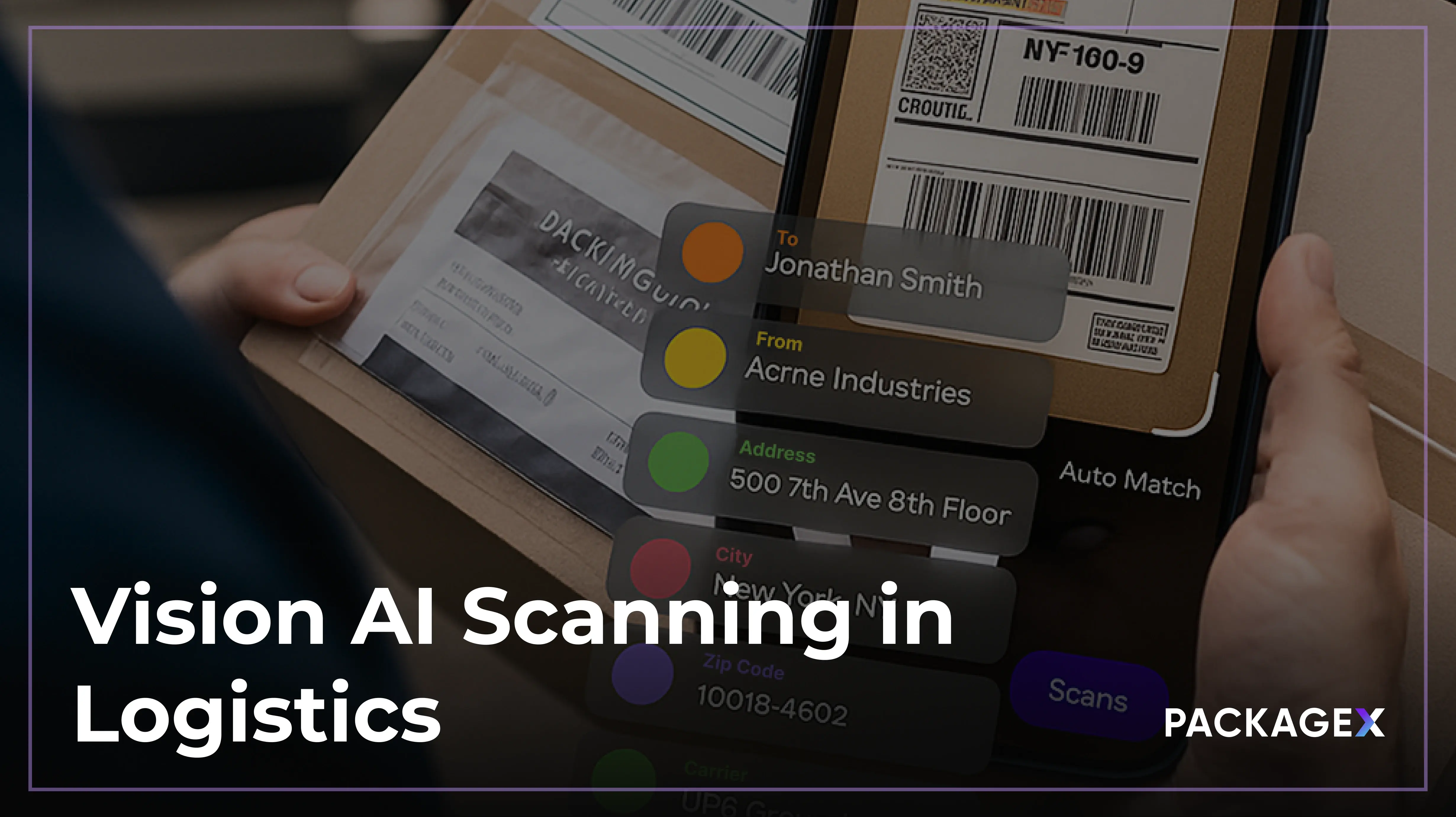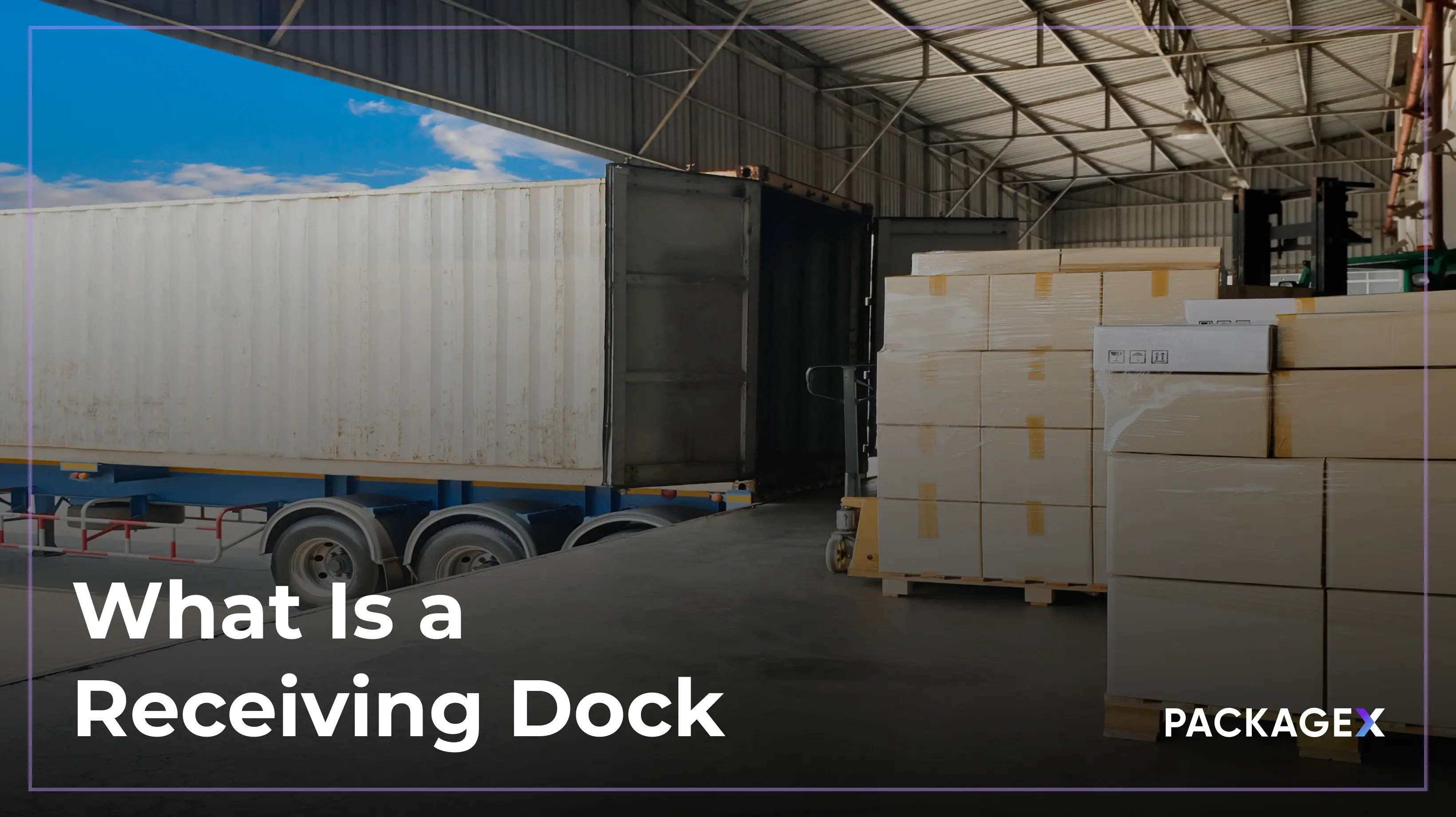Efficient distribution management has become a cornerstone of modern business. Distribution management makes sure products reach customers on time. Which is essential for business success. Challenges such as raw goods arriving early or finished products being delivered late. These problems can disrupt supply chains and reduce market share.
How do you avoid these problems?
The simple answer to that is, by using strategies. Such as, just-in-time inventory supported by real-time information. Effective distribution management includes coordinating multiple processes from inventory management to order fulfilment. In order to ensure the right products are delivered at the right time.
The global distribution management system market is expected to grow at a CAGR of 20.1%, from USD 2.00 billion. These numbers show how important efficient distribution has become in modern businesses.
Distribution management has applications in all kinds of businesses. Whether small online stores or large enterprises. It increases efficiency and enhances customer satisfaction. Along with giving you a competitive edge.
What Is Distribution Management?
Distribution management is the process of overseeing the movement of goods. From suppliers or manufacturers to wholesalers, retailers, or directly to the end consumer. It involves coordinating activities such as inventory management, warehouse operations, transportation, logistics, and order fulfillment. To ensure products reach the right place at the right time. Regardless of the distribution method used. By streamlining these processes, distribution management supports timely and cost-effective delivery. This strengthens supply chain efficiency and enhances customer satisfaction.
In today's era businesses often rely on distributor management system software. To coordinate this process efficiently.
There are four channels of distribution:
- Wholesaler:
In this channel, goods are distributed from manufacturers to wholesalers. For example coffee roasters produce various blends and roasts. And then distribute their products to wholesalers who supply coffee shops and retailers. - Retailer:
Goods are distributed from manufacturers or wholesalers to retailers. For example, big-name designer clothing and accessories are distributed to higher-end retail chains. Such as YSL, Nordstrom, and Macy’s. - Distributor:
This channel moves goods from the source or manufacturer to an authorized distributor. - E-commerce:
This is the newest distribution channel, where goods and services are represented virtually. Then they are distributed directly to the buyer. Many businesses now use an online distribution management system to streamline e-commerce operations. E-commerce has led to rapid changes and made distributors rethink their traditional strategies.
Components of Distribution Management
Here are the key components of distribution management:
- Flow of Goods:
This tracks the journey of products. From suppliers or manufacturers to wholesalers, retailers, or directly to customers. It ensures goods move smoothly across the distribution network with minimal delays. Tracking inventory turnover is also important to keep popular items available for customers. - Inventory Management:
Proper inventory management balances supply and demand. It also implements economic order quantity (EOQ) to optimize purchase quantities. You can monitor stock levels and locations using multi channel inventory management solutions. It helps you prevent overstocking and stockouts by providing accurate cycle counts. - Distribution channel:
A distribution channel is a network. A network of businesses or intermediaries that help move a product or service. From the manufacturer to the end consumer. Managing a distribution network involves selecting the most efficient routes and methods. To deliver products to customers. - Order Processing:
Manages the entire order cycle counts. From entry to delivery, ensuring orders are accurately packed and shipped on time. Efficient processes also seamlessly handle returns and exchanges. - Warehousing Management:
Stores goods for easy access and retrieval. A well-organized warehouse uses barcode tracking systems. Products are stored under optimal conditions, making them easy to access and well-maintained. - Transportation:
Handles the movement of goods between manufacturers, warehouses, and customers. Effective transportation management minimizes costs, ensures timely deliveries, and selects the best carriers. Accurate COGS calculations also support cost-effective transportation and pricing strategies. - Customer Service:
Provides order updates, handles inquiries, and resolves issues efficiently. Strong customer service boosts satisfaction and encourages repeat business. - Supply Chain Coordination:
Connects distribution management with the wider supply chain. It aligns inventory, logistics, and order fulfilment to keep operations efficient and reliable.
Distribution in Marketing
In marketing, product distribution involves moving goods. It ensures that products or services reach the consumer or business user. Distributors play a crucial role in this process. They ensure smooth movement through the supply chain.
Distribution management involves more than just logistics. It’s a key aspect of a broader marketing strategy:
- Product: This can include physical items, ideas, or information.
- Price: The value of the product for both seller and buyer. While considering factors like discounts and customer response.
- Promotion: All communications that inform or persuade customers about the product or brand.
- Placement: Ensuring the product is available and accessible in preferred buying locations.
Why is Distribution Important?
A distribution management strategy is vital for several reasons beyond maintaining profits.
- Organized Operations:
A strong distribution management strategy keeps operations organized. Without it, retailers would need to store stock on-site. which will create logistical challenges, especially where storage space is limited. - Enhanced Consumer Experience:
An efficient distribution system improves the customer experience. By making a wide variety of products available in one location. This saves shoppers time and effort compared to visiting multiple stores. - Fewer Errors and Timely Deliveries:
Distribution management reduces delivery errors and ensures products arrive on time. Accurate and timely fulfillment is essential for business success and customer satisfaction.
Benefits of an Effective Distribution Management Strategy
Here are some of the major benefits of effective distribution management:
Improved Payment Collection
Efficient physical distribution streamlines the order fulfilment process. It makes it easier to collect payments promptly.
Real-time Visibility
Modern cloud-based inventory solutions allow real-time monitoring across multiple locations. Enhanced supply chain visibility and accurate data lead to better decision-making. This helps businesses meet their performance targets.
Lower Costs
Optimizing transportation, warehousing, and order processing leads to substantial cost savings across operations.
Optimum Utilization of Resources
Streamlined processes ensure that resources are used effectively, minimizing waste and maximizing productivity. Using stock management software can further improve resource allocation.
Supply Chain Efficiency
Distribution management optimizes the flow of goods across suppliers, warehouses, and retailers. This creates a more responsive supply chain that adapts quickly to market demand.
Customer Satisfaction
Accurate order fulfillment and on-time delivery improve the customer experience. Reliable distribution management builds trust, strengthens loyalty, and boosts long-term business growth.
Accuracy
Accurate inventory tracking and order fulfillment reduce errors in delivery, improving customer trust.
Better Time Management
Well-functioning distribution processes lead to faster order fulfillment and delivery. This helps businesses manage time effectively.
Challenges of Distribution Management
If you aim for effective distribution management, you must deal with its challenges for a smooth process.
Supply Chain Disruptions
Supply chain issues, which were amplified by the pandemic, persist today. To address these challenges, distributors are increasingly utilizing inventory optimization strategies.
Demand Fluctuations
Predicting customer demand can be tricky, leading to excess inventory or stockouts.
Coordination
Communicating with suppliers, manufacturers, and customers is crucial but can be complicated.
Timely Delivery
Quick delivery is expected, and optimizing routes while handling disruptions is challenging.
Cost Management
Balancing cost efficiency and service quality is a constant struggle.
Returns Management
Managing returns requires robust tracking systems to maintain customer satisfaction.
How to Choose a Distribution Management System
At the strategic level, businesses can choose from three main distribution management strategies:
- Mass Strategy:
This approach focuses on reaching the mass market. It involves targeting general consumers through wide distribution channels. - Selective Strategy:
Here, distribution is limited to a specific group of sellers. Such as specialized manufacturers or retailers like pharmacies and upscale department stores. - Exclusive Strategy:
This strategy restricts distribution to a very limited group of sellers.
Selecting the right distribution method depends on your goals and challenges. It also depends on the models and channels you use.
Consider the following factors when making your choice:
- Ensure that it can be integrated with existing systems.
- The system should be able to grow with your business. The system should be flexible enough to navigate changes and seize new opportunities
- Protecting your data is crucial, so make sure it is secure.
- Look for features that support real-time data and ecosystem sharing.
Optimize Distribution Management with PackageX
PackageX provides a range of solutions to enhance distribution management.
- Centralized Inventory Management:
Our centralized inventory management lets you track stock across multiple locations. This makes operations smoother and more efficient. - Real-Time Stock Tracking:
Real-time tracking features keep you updated on stock levels. Including reserved and in-transit items, ensuring accurate inventory visibility. - Mobile Application Efficiency:
The PackageX mobile application enhances efficiency by allowing quick scanning of items. By speeding up verification, and enabling easy tracking of orders. Throughout the pick and pack fulfillment and shipping stages. - Multi-Location Management:
We support multi-location management and multi-channel ecommerce inventory management. So, you can monitor inventory across distribution centers, warehouses and retail outlets. This ensures smooth stock transfers and timely order fulfillment. - Order Fulfillment Optimization:
When stock is available, the system efficiently handles order fulfillment. While also managing the pick, pack, and ship processes to streamline operations. - API Integration & Multi-Carrier Logistics:
With PackageX API integration capabilities, you can connect with existing systems for flexible fulfillment and multi-carrier logistics management.
Request a demo now to see how you can get a seamless distribution experience.
FAQs
What is a distributor?
A distributor acts as a bridge between a manufacturer and the next link in the supply chain. This could be a wholesaler or a retailer. They collaborate with manufacturers to increase visibility and ensure smooth product delivery.
What is a Distribution Strategy?
It is a strategic plan that outlines how to get your products or services into the hands of consumers. This strategy is crucial for ensuring that products reach the right audience. That too, in a timely and effective manner.
What is an example of distributed management?
Furniture manufacturers deliver their products to authorized retailers. Another distribution channel is e-commerce, which could be platforms like Wayfair and Overstock. Items are now sent straight to consumers through e-commerce sites. This trend has transformed how goods are traditionally distributed.
What are distribution management system Implementation Steps?
Implementing a distribution management system typically involves:
- Assessment & Planning:
Evaluate your current inventory, sales, and distribution channels. To select the right distribution management system. - System Setup & Integration:
Configure the system, integrate with order management software and multi-channel inventory management tools. - Training & Go-Live:
Train staff on using distributor management system software for seamless operations. And to get benefits from real-time tracking and optimized order fulfillment.
What are the Four C's of Distribution?
The Four C’s focus on key distribution attributes:
- Cost: Minimize logistics and warehousing expenses using inventory management solutions.
- Customer Service: Ensure timely deliveries and accurate order fulfillment.
- Consistency: Maintain reliable stock levels.
- Coverage: Optimize product availability across multi-location warehouses and online stores.




